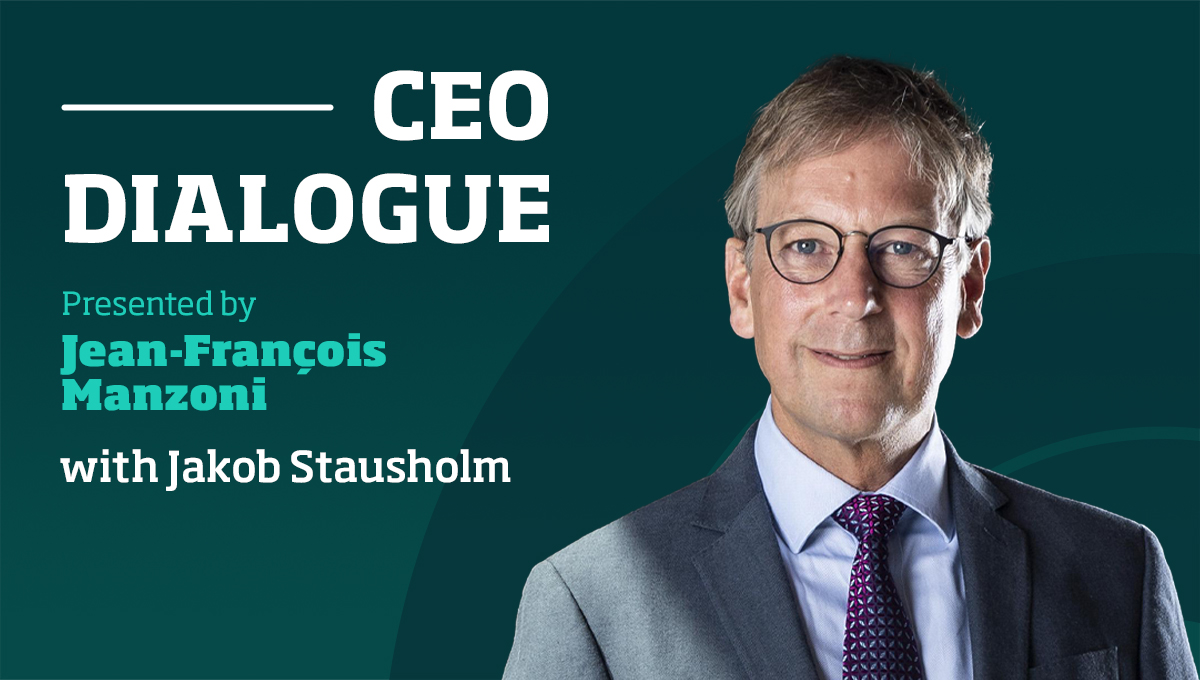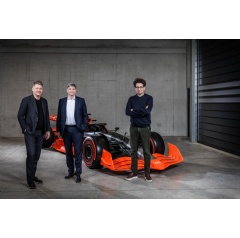Rio Tinto CEO: ‘You have to bring hearts and minds with you’

Leading with compassion
Stausholm’s career includes a stint as chief internal auditor at energy major Royal Dutch Shell, and finance and strategy roles at global shipping company A.P. Moller – Maersk and facilities group ISS. But he says he had no issue setting aside his finance hat when he assumed the CEO mantle.
“I’d been a CFO for around 25 years, so I feel I have outlived that dream and it’s been wonderful, but somehow I really enjoy the freedom of the new role I’ve got,” he explains. “As CFO, you must be extremely diligent. You need to know all the numbers. Here it’s much, much more about attention, energy, relationships, and it’s a more holistic challenge, and I like that freedom.”
A critical difference is the amount of time Stausholm must spend managing and reassuring stakeholders, in particular the pushback Rio Tinto gets from communities and NGOs. A current challenge is overcoming misinformation about the company’s lithium mining project in Serbia. The project, which would provide critical minerals to power Europe’s green energy transition, has become politicized with demonstrations across the country over safety and environmental concerns. While Stausholm says he had little training in this aspect of the job, it’s something he has come to enjoy.
“The reality is, I didn’t know. I wasn’t educated for it. I had to go into a crisis. In Australia, I went, and I met the Aboriginal people, and I didn’t have a playbook. I didn’t have the experience. Ultimately, it comes down to the fact that we are all just human beings. How do we connect, how do we express sympathy, and how do we understand each other? I have learned that this gives me a lot of energy.”
An important part of relationship-building, Stausholm believes is leading with empathy and compassion, something he has consciously worked on over the years. “I do think that it’s quite rewarding the more you can use compassion and empathy to try to understand somebody else and what they’re trying to achieve. It’s when you do that that you very often also can get the best things out for your own company.”
It all starts with getting to know your limitations, explains Stausholm. When he took over as CEO, he mandated that Rio Tinto’s top 100 leaders attend leadership training, so they could learn to lead others by first learning to lead themselves.
Three-and-a-half years into the job, Stausholm remains happy in the role, but says he is nonetheless on the lookout for his successor.
“When I was interviewed by the board, I said that succession planning starts on day one. I think I have an incredible team, and my job is not to select my successor, but my job is to provide the board with as many potential successors within the company as possible,” he says. “The other side of the story is it’s a long-term company. Just changing CEO every year is not the best strategy, and I’m in for the longer term, but it’s of course not in my hands to decide when I should be retiring. But I’m committed to staying for a period where you can see that certain things have been achieved.”
Watch the full CEO Dialogue video to hear more from Jakob Stausholm on different topics, such as why he remains bullish on the Chinese economy and global demand for Rio Tinto’s products, the importance of not losing sight of longer-term considerations while catering to short-term pressures, and why it won’t be so easy to move hard-to-abate industries to the Middle East, as well as his personal development and leadership journey.
link




:max_bytes(150000):strip_icc()/introducing-warren-buffetts-successor-ADD-Source_Edit-994c693909274d0a8613cc7a1d9889e2.jpg)

